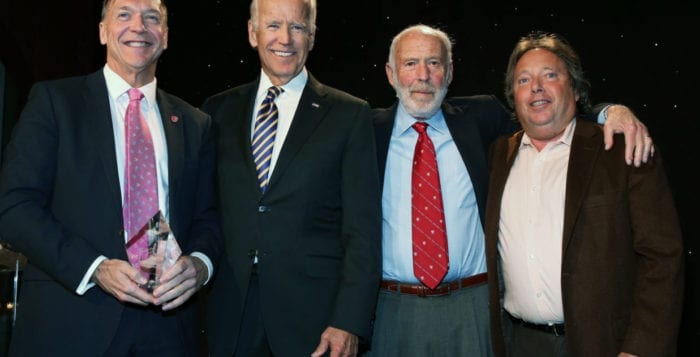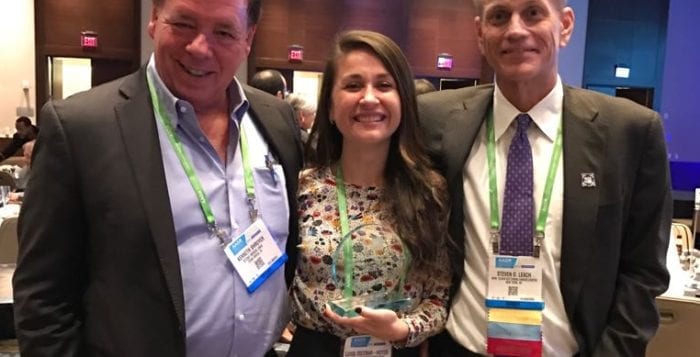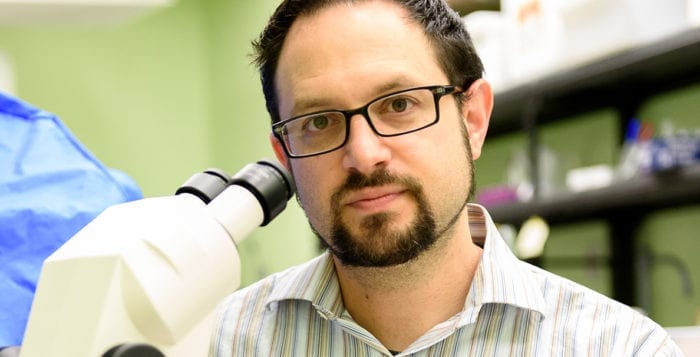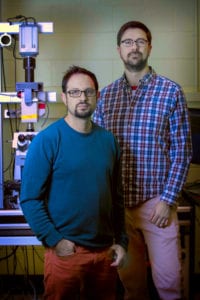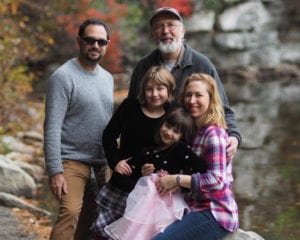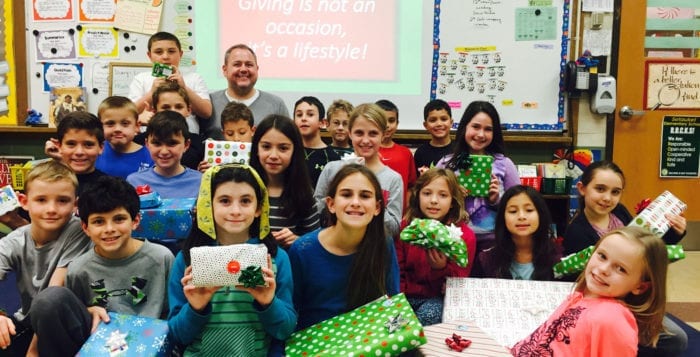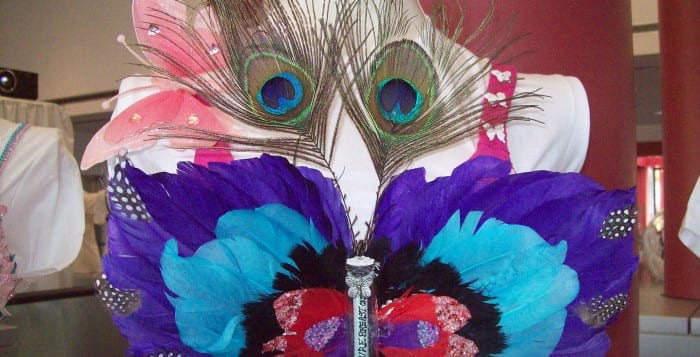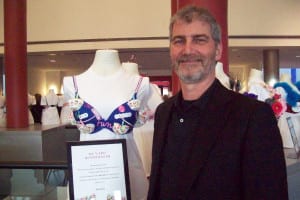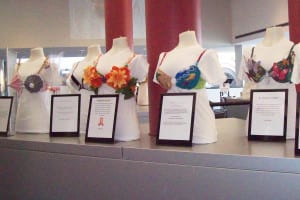Stony Brook University recognized the 47th vice president of the United States of America, the Honorable Joseph R. Biden Jr., at its 18th annual Stars of Stony Brook Gala on April 19 at Pier Sixty at Chelsea Piers in New York City. The former vice president was recognized for his outstanding career and dedication to the fight against cancer.
“Cancer touches us all in some way and at some point,” said Biden. “Everywhere I go, people share their stories of heartbreak and hope. And every day, I’m reminded that our work to end cancer as we know it is bigger than just a single person. It carries the hopes and dreams of millions of people who are praying that we succeed, praying for hope, praying for time — not someday, but now.”
As vice president, Biden led the White House Cancer Moonshot, with the mission to double the rate of progress in preventing and fighting the disease. Under his leadership, the White House Cancer Moonshot Task Force catalyzed novel, innovative and impactful collaborations among 20 government agencies, departments and White House offices and over 70 private sector collaborations designed to achieve a decades’ worth of progress in the prevention, diagnosis and treatment of cancer in just five years.
In addition, Biden helped lead the effort to pass the 21st Century Cures Act that provides $1.8 billion over seven years for the Cancer Moonshot’s scientific priorities.
“We are privileged to have the opportunity to honor former Vice President Biden,” said Stony Brook University President Samuel L. Stanley. “The Cancer Moonshot has the potential to transform cancer research and prevention around the world. This critical initiative is a reflection of the work our researchers and doctors are doing in Stony Brook Cancer Center labs — using insight, innovation and strategic collaborations to push the boundaries of what we know about how best to diagnose, treat and ultimately prevent the disease that is responsible for more than 8 million deaths a year worldwide.”
Research and discovery are at the heart of the Stony Brook ethos and the university’s Cancer Center is a shining example of its commitment to combating the malady. Stony Brook doctors are on the forefront of the next generation in cancer care.
The Cancer Center will relocate next year to the new 254,000 square-foot Medical and Research Translation facility (MART), which was designed to enable scientists and physicians to work side by side to advance cancer research and imaging diagnostic and will be the home to the new Bahl Center for Metabolomics and Imaging. Stony Brook researchers are receiving worldwide attention for their pioneering research into the genesis and behavior of cancer cells at the molecular level, which will one day help detect, treat, and eliminate the disease altogether.
Every spring the Stony Brook Foundation hosts the Stars of Stony Brook Gala to benefit student scholarships and a select academic program. Since its inception in 2000, the event has raised more than $42 million. A portion of the net proceeds from this year’s gala will support the Stony Brook Cancer Center.
Biden joins a distinguished roster of scholars, politicians, celebrities and luminaries who have been honored by the gala for their outstanding and relentless commitment to society, including Nobel Laureate CN Yang; actors Julie Andrews, Alan Alda and Ed Harris; founder of Renaissance Technologies Jim Simons; CA Technologies founder Charles Wang; and world-renowned conservationists Richard Leakey and Patricia Wright.

